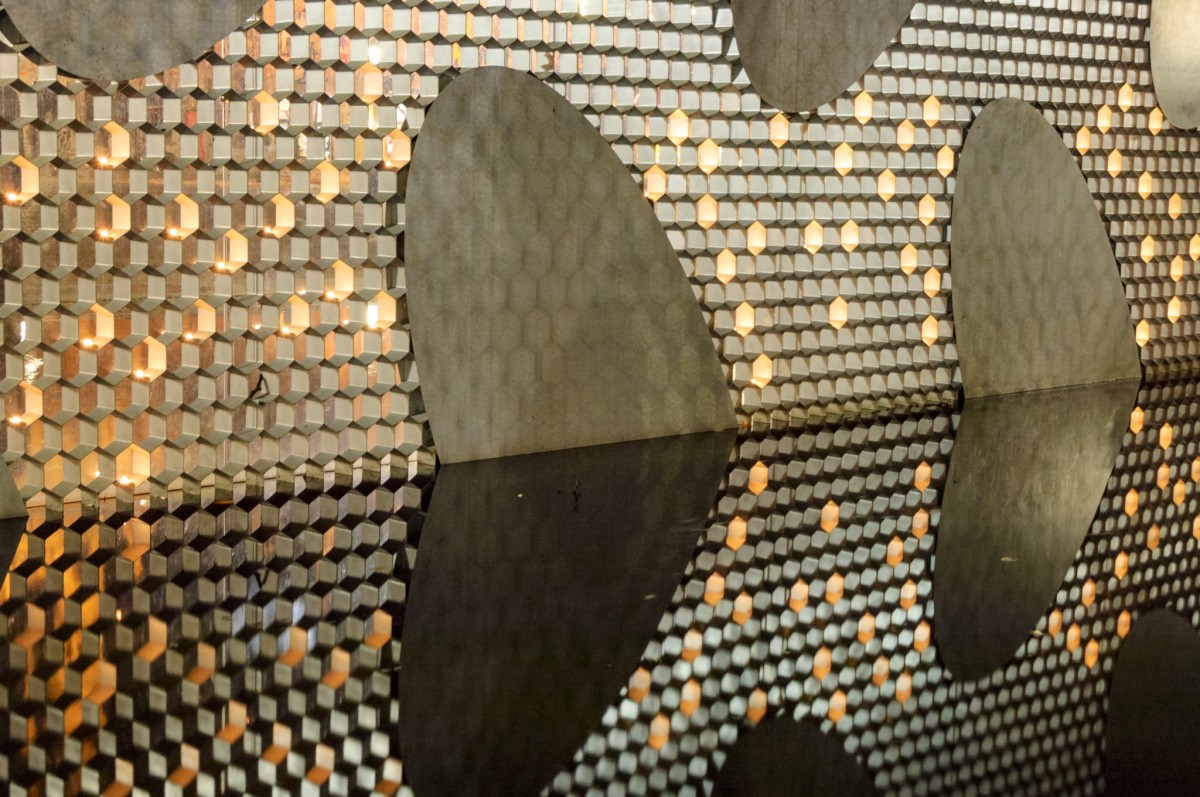De Burg: lure of the muse
 Arnout Fonck
The call of the muse is a double reading in the polyphony festival of the Concertgebouw Bruges. Bruges had a big musical appearance thanks to the polyphonic music that was performed mainly in churches. The center of polyphony was the Sint-Donaas Church on the Burg in Bruges, where polyphonic music could be heard since the fourteenth century. The Bruges churches provided an important contribution to the high quality of the Burgundian Netherlands by attracting and training talented singing masters. The singers of St. Donaas were very popular. Guilds and brotherhoods hired them to listen to their holidays. The St. Donaas Church is one of the oldest in the city and was originally founded in 944 as a castle church within a ninth-century fortification against the Normans. Over the centuries, the octagonal chapel has been transformed into a Romanesque crucifix, then into a gothic-style church nave, which was unfortunately demolished in 1799 after public auction after a second French invasion. The history of the St. Donaas’ Church served as inspiration for the pavilion of Toyo Ito, which was built in 2002 as a symbol for Bruges, cultural capital of Europe.
Arnout Fonck
The call of the muse is a double reading in the polyphony festival of the Concertgebouw Bruges. Bruges had a big musical appearance thanks to the polyphonic music that was performed mainly in churches. The center of polyphony was the Sint-Donaas Church on the Burg in Bruges, where polyphonic music could be heard since the fourteenth century. The Bruges churches provided an important contribution to the high quality of the Burgundian Netherlands by attracting and training talented singing masters. The singers of St. Donaas were very popular. Guilds and brotherhoods hired them to listen to their holidays. The St. Donaas Church is one of the oldest in the city and was originally founded in 944 as a castle church within a ninth-century fortification against the Normans. Over the centuries, the octagonal chapel has been transformed into a Romanesque crucifix, then into a gothic-style church nave, which was unfortunately demolished in 1799 after public auction after a second French invasion. The history of the St. Donaas’ Church served as inspiration for the pavilion of Toyo Ito, which was built in 2002 as a symbol for Bruges, cultural capital of Europe.
Hubert De Witte (director Musea Brugge) dives into the history of the church, after which Hera Van Sande (employee Toyo Ito pavilion Burg, Bruges 2002) indicates the importance of this place as muse for the pavilion of Toyo Ito.
The title of the lecture is taken from the title of a chapter from the book De papen van Brugge: The secular clergy in a medieval metropolis, written by Hendrik Callewier.






